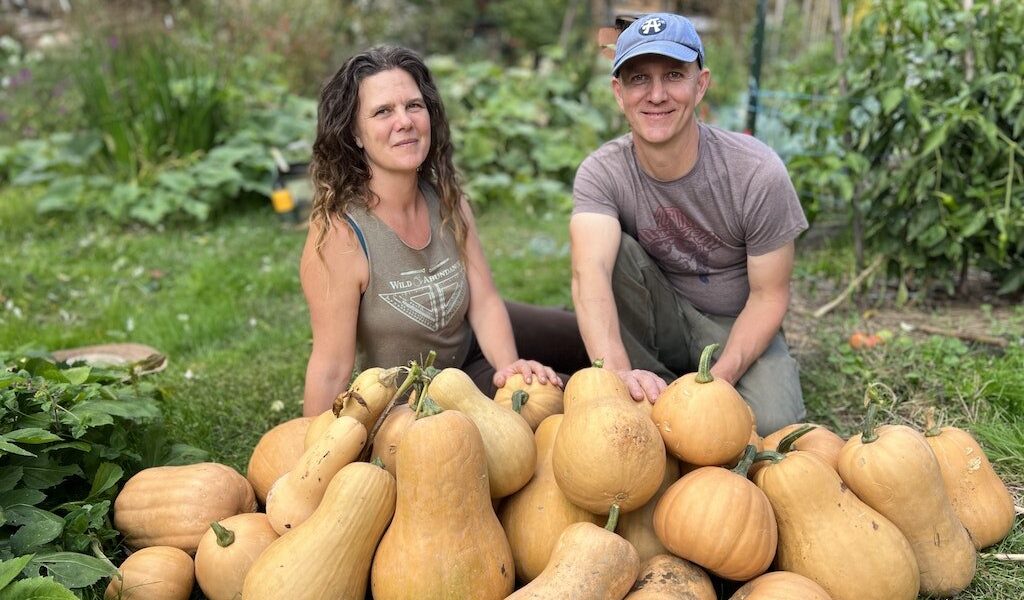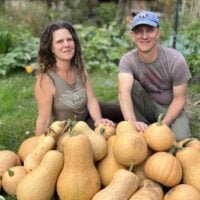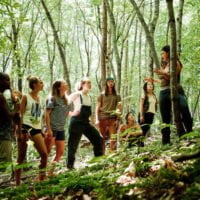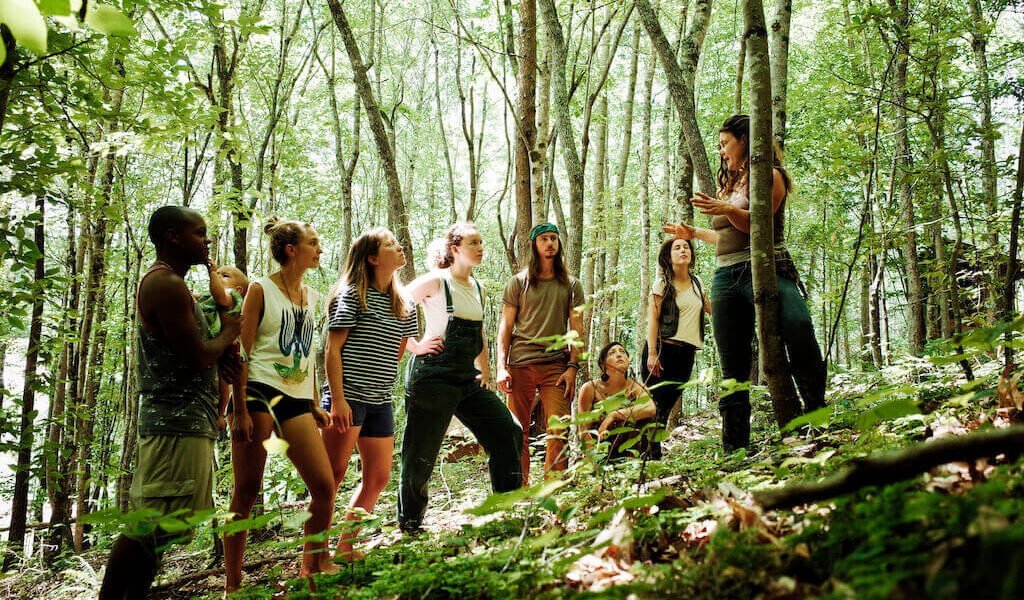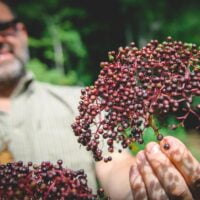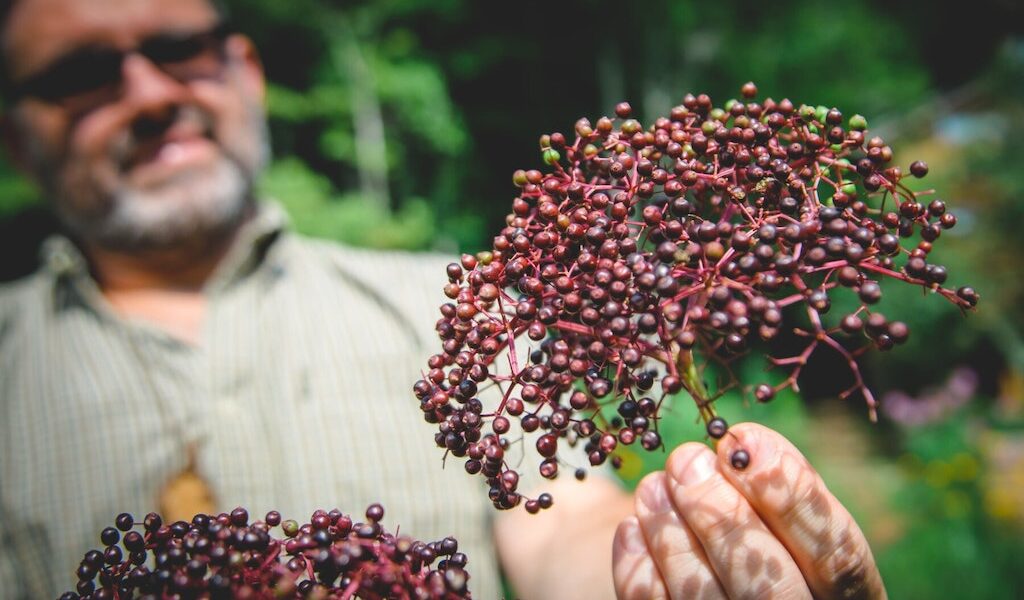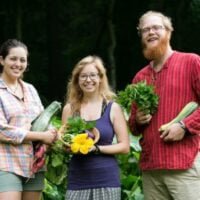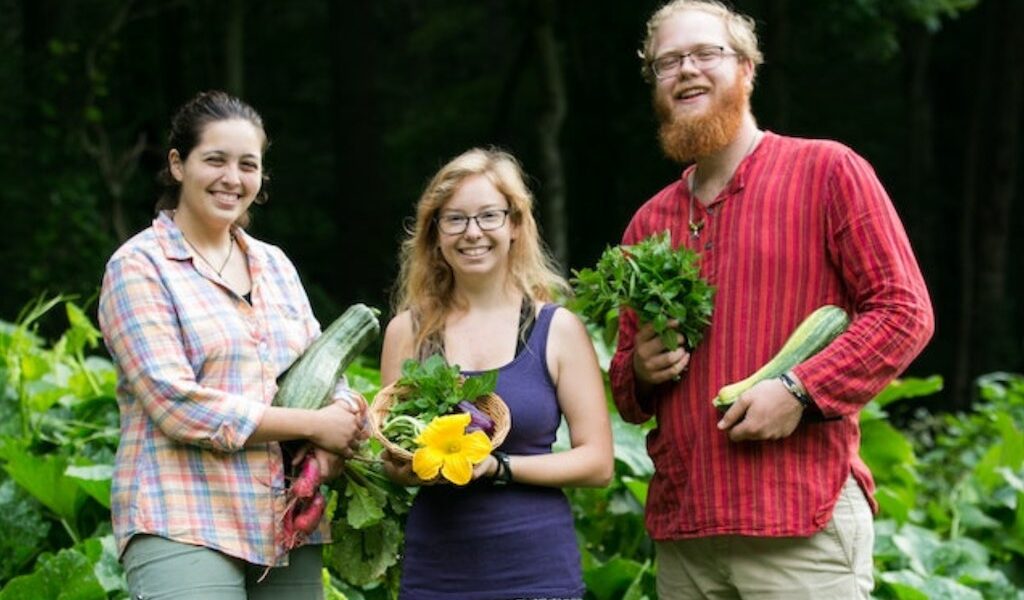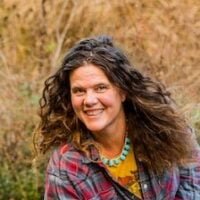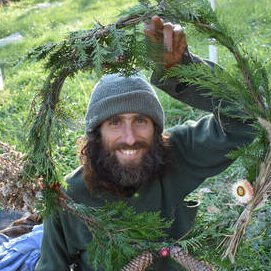Get your hands in the soil and your body in the rhythm of the seasons
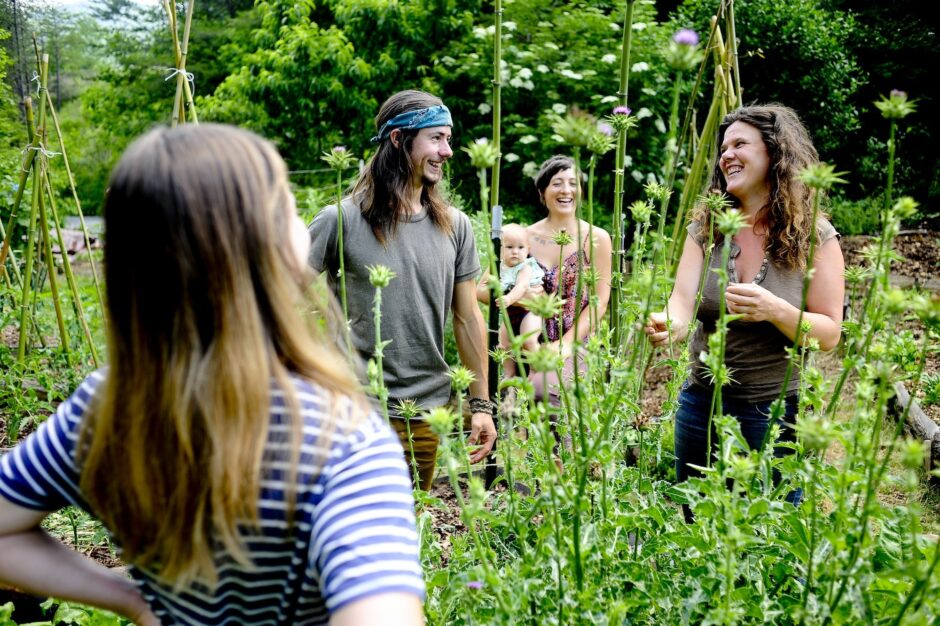

Becoming a permaculture apprentice will equip you with skills to nurture reciprocity with the web of life.
Join us for one day each week, throughout the growing season, in the Wild Abundance gardens and orchards. You’ll get the experience of living and working with natural rhythms through in-depth tours, clear and hands-on guidance about what needs doing and when, and the practice (not just theory) of how to do it. The permaculture apprenticeship includes access to our comprehensive Online Gardening School, along with additional online instruction in permaculture. This way, you get to learn the concepts and put them into action, in a flexible online/in-person setting.
- March 19 – November 19
- One 7 hour day each week for 9 months
- Non-residential program
What our students say


Genevive,
North Carolina
Small Business Owner


Margaret,
North Carolina
Part-time Public Health Program Coordinator and Stay at Home Mom
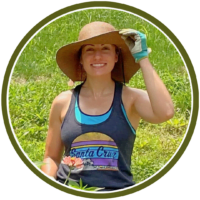

Bekah,
Asheville, NC
Physical Therapist
What to Expect:
Permaculture Plant Care and Organic Gardening
This season-long, one-day-a-week permaculture apprenticeship will give you a deep understanding of how to grow food in the Southern Appalachian bioregion; it’ll also give you a framework for doing so elsewhere. We’ll work in the well-established annual gardens and food-forest edges at the Wild Abundance campus. Throughout our time together, you’ll get a chance to learn and do every step along the way for the full growing season. As a result, you’ll harvest knowledge of sowing, tending, pruning, feeding, and caring for dozens of annual and perennial food crops.
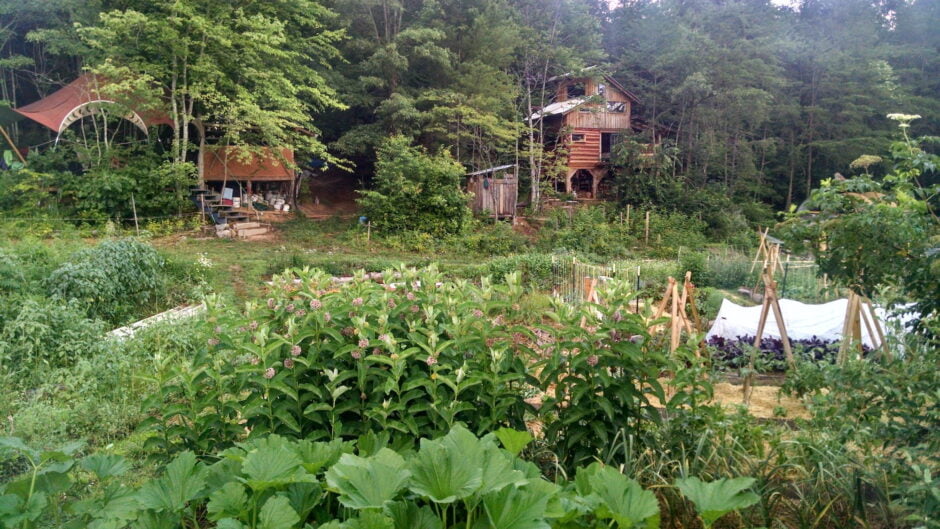

Our permaculture apprenticeship days will have this general flow:
- Arrive; tour of annual garden; talk about what’s going on there
- Instruction on the things that need doing, and doing the things that need doing — with discussion and inquiry
- Lunch break
- Tour of perennials; talk about what’s going on with them
- Instruction on the things that need doing, and doing the things that need doing — with discussion and inquiry
*Subject to change due to weather and tasks at hand; we’ll start with perennials the then move into annuals during the hottest part of the year.
This permaculture apprenticeship is all about learning by doing
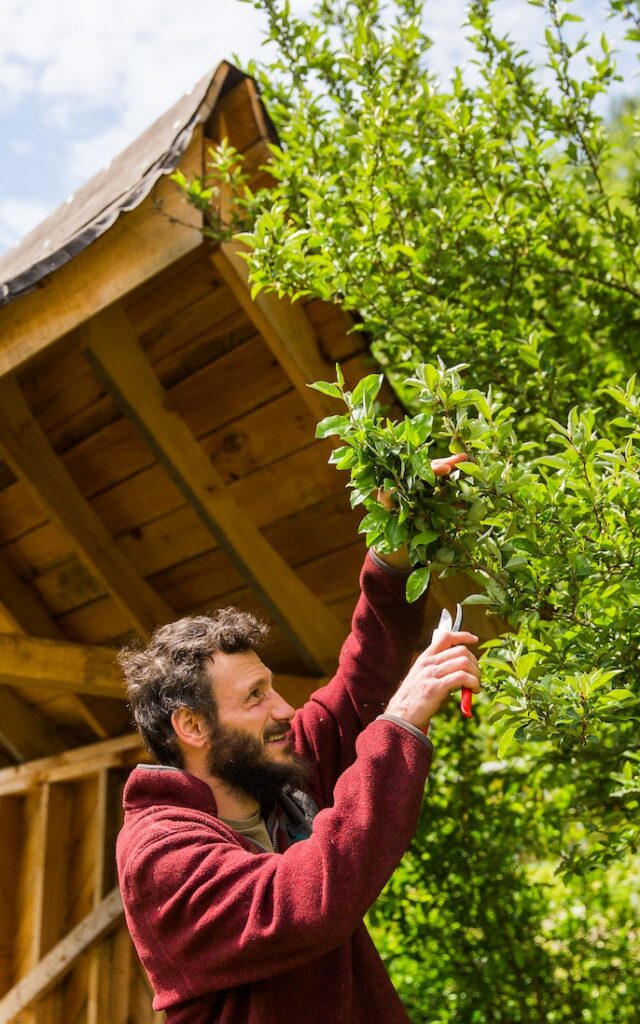
Throughout the season, you’ll be guided by folks who have been growing in this area for a long while.
Tasks you’ll learn and do together include:
- Bed preparation, planting, thinning and weeding
- Mulching, trellising, pest and disease management,
- Planting and managing cover crops
- No-till techniques
- Season extension techniques
- Pruning, mulching, shaping, troubleshooting, harvesting perennial crops
- Plus whatever else comes up as the season unfolds!
Please note: the permaculture apprenticeship includes real work. You’ll be bending, stooping, using tools, carrying heavy loads, pushing wheelbarrows on uneven ground, climbing ladders, and working in varied weather. Nobody will be pushed beyond their own physical abilities, but everyone will be expected to “pull their own weight.” If there is a serious deluge, we will skip a week; however, we will gather and work in gentle rain, wind, and hot sun. Before you apply, be sure that you’re up to the physical and mental challenge of working hard outside for a full day each week. If you have specific physical limitations, but still want to participate, reach out to us so that we can discuss if it’s a good fit.
Get into the rhythms of the seasons!
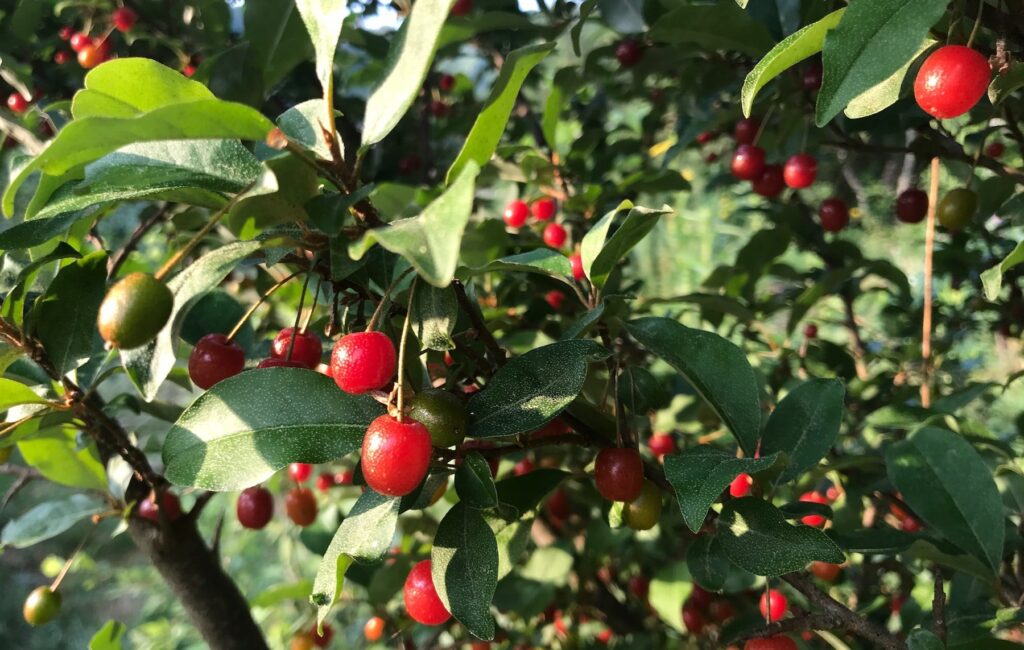

Cultivating food in an ecological way is all about timing. Indeed, by working with the natural rhythms, we generally don’t even need to till the soil in an established garden. Through this program, you will come to understand the flow of the seasons in your bones, and get a feel for the right timing of all of your food-producing activities. You’ll have a chance to take a shortcut through past years of trial and error, and instead learn through guided study and hands-on practice how to collaborate with ecological rhythms.
The Permaculture Apprenticeship includes:
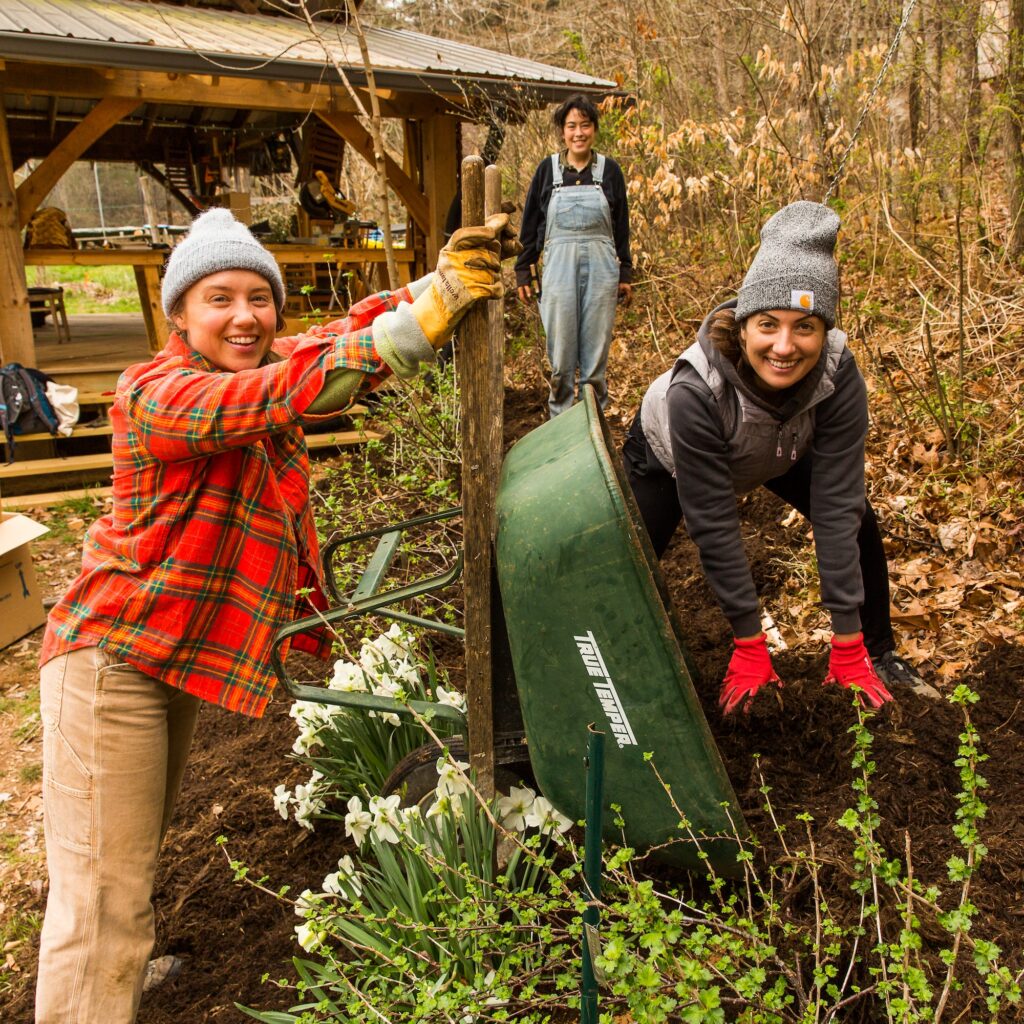
- Weekly vegetable gardening instruction with hands-on learning and doing
- Weekly instruction and hands-on learning and doing with perennial fruit and nut trees, as well as shrub planting, pruning, and care
- Unlimited access to the Wild Abundance Online Gardening School, that you get to keep after the apprenticeship is over
Please note: this program does not include a weekly share of vegetables. During abundant times of year, apprentices will be sent home with veggies and fruits to enjoy, but food is not considered part of the program.
This program can stand-alone, or be a compliment to your at-home gardening and permaculture projects.
Over the years, we’ve seen that people learn gardening best when they’re able to tend their own plots at home, along with learning by our side. So, if you’ve got the space and inclination, we encourage you to plant some things at home, too, and apply your learning right away with them.
Schedule and Timing of the Program
We generally meet each Tuesday, with some breaks and flexibility around weather. During the March 19th–November 19 timeline, approximately 27 of the 36 Tuesdays will be apprenticeship days. Within that time frame, four Tuesdays will be skipped for breaks, and we can expect that some days will be rained out. If you have obligations that prevent you from coming for a few Tuesdays, don’t worry about it. Most students will miss a few days, but we expect you to attend at least three apprenticeship days per month.
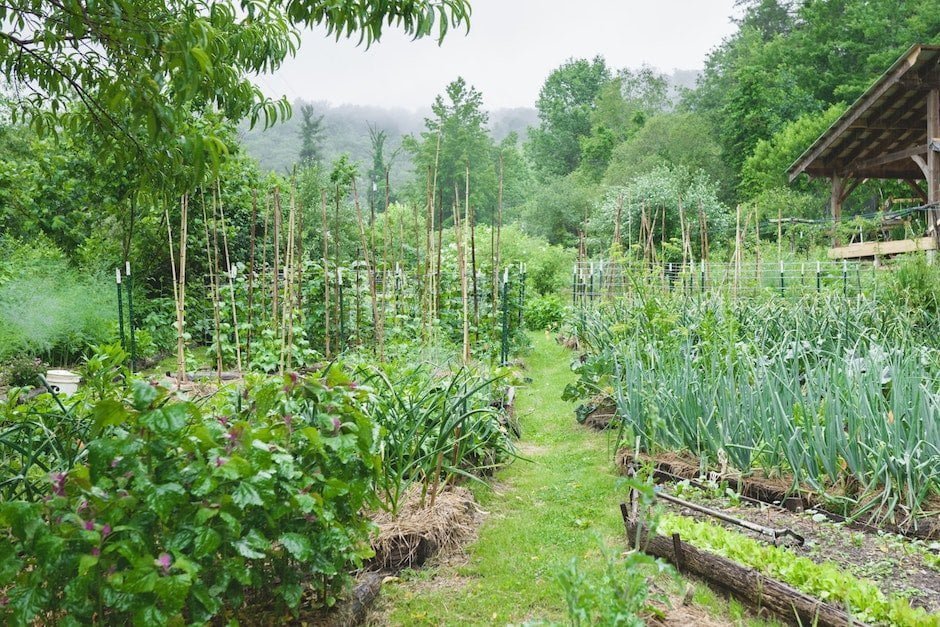

Starting in March, we’ll meet from 9:30am-4:30pm.
As the weather gets hot, we’ll change the timing to 12pm-7pm.
This shift means we can do the sweaty work of annual gardening in the cooler afternoon and early evening during midsummer. As it cools down in the Fall, we will return to the early spring timing (9:30-4:30), to make the most of the warm part of the day.
Seasonal Activities in the Annual Garden and Food Forest
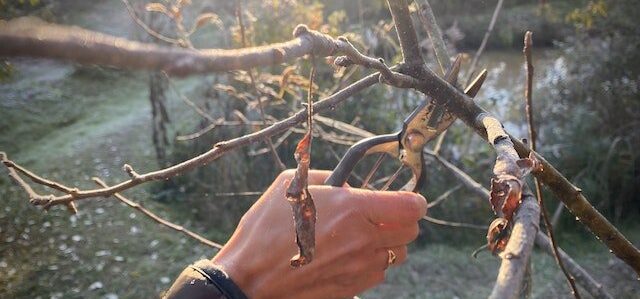

Spring
March: Prune and mulch trees to optimize production; plant berries and trees; start seeds in flats; cut some cover crops to prepare beds for spring planting, plant other cover crops; harvest weeds for eating
April: Prepare garden beds (no tilling or digging); plant out frost-hardy plants in garden; transplant up some vegetable starts into larger pots; weed recently sown beds; mulch and tend perennials
May: Plant out frost-sensitive plants; weed recently sown beds; mulch and tend perennials; start sweet potato slips; weed and mulch annuals and perennials; identify and squish bugs
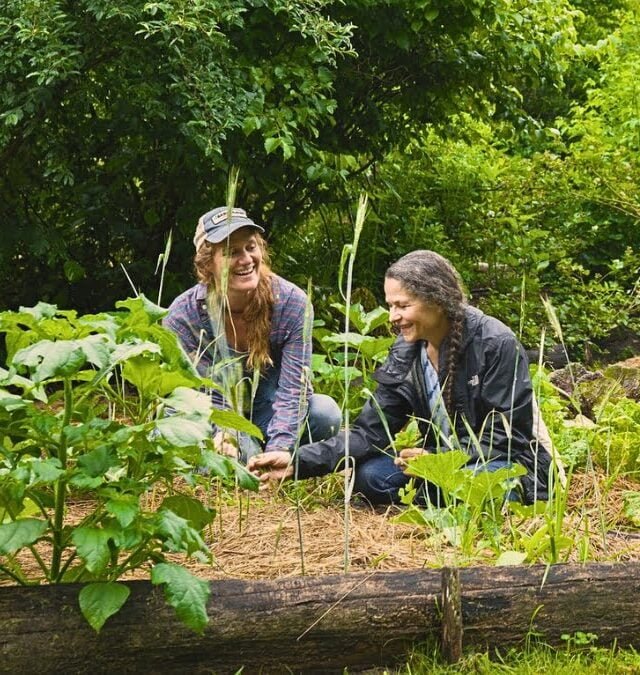

Summer
June: Harvest berries; second planting of frost-hardy plants and cool-sensitive plants; build trellises; make and use plant-based “tea” fertilizers; weed and mulch annuals and perennials; squish bugs; harvest greens; prune suckers on fruit trees; shape fruit trees
July: Start seeds for late summer plantings; harvest berries and fruit; weed and mulch annuals and perennials; harvest vegetables
August: Plant crops for fall and winter harvests; harvest berries and fruit; weed and mulch annuals; prune berries; harvest lots of vegetables.
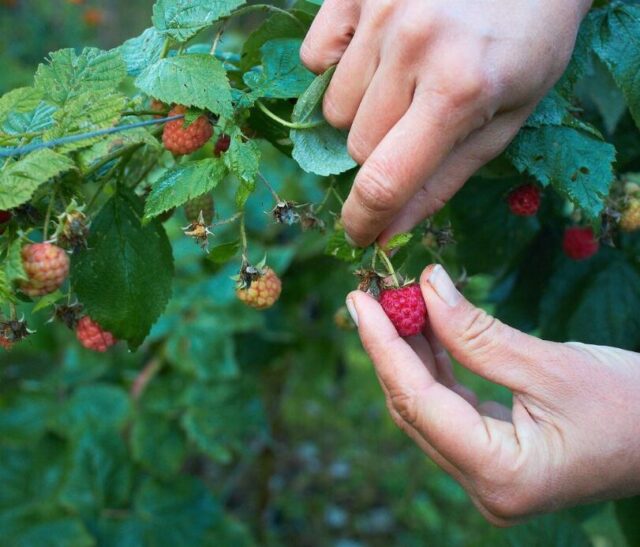

Fall
September: Continue to plant crops for fall and winter harvest; sow cover crops; harvest storage crops; weed and mulch
October: Winterize garden; harvest storage crops; put up hoops with row cover
November: Prune fruit trees; plant fruit and nut trees; plant overwinter root crops
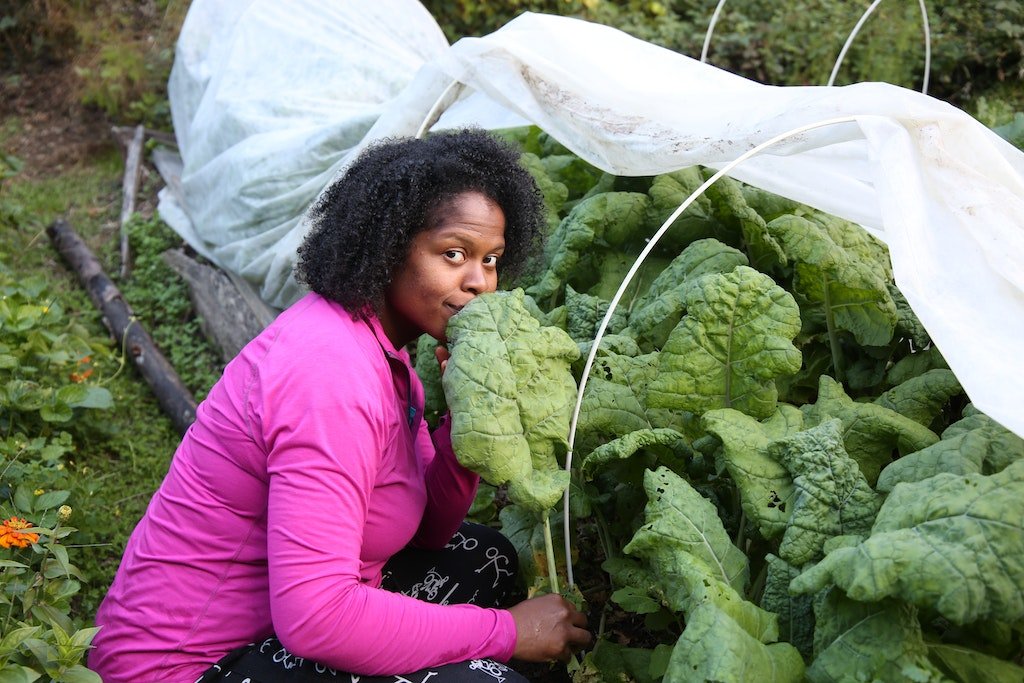

Online learning compliments in-person permaculture apprenticeship days
The “lecture” aspect of this program is done totally online, through watching our online class materials. The in-person portion is completely hands-on, and you should expect to really get things done in the garden! You will be helping to tend fruit trees and bushes, and to grow vegetables. Questions are welcome as we are getting our hands into the soil, in order to deepen and clarify the content that’s been shared online. We ask that every apprentice watch the assigned online portion of the program before the in-person days, so you can arrive with a baseline understanding of what we’ll be doing. This way, our discussions can be much richer and apprentices can utilize in-person time to deepen their knowledge.


Apprenticeship Size
We will be welcoming a maximum of 8 apprentices into this program. If you are interested, please register as soon as possible.
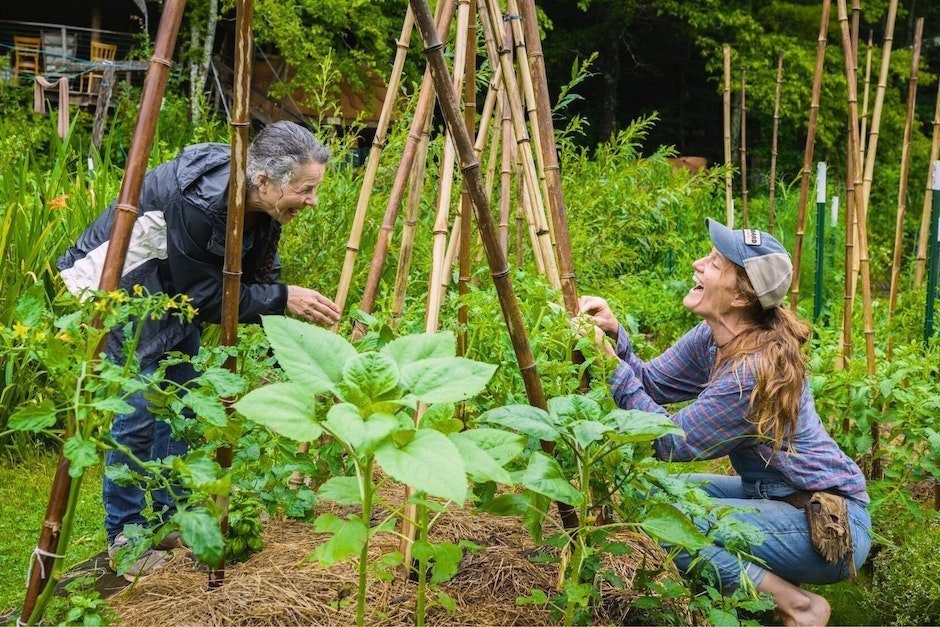

Learn small-scale, non-mechanized food production
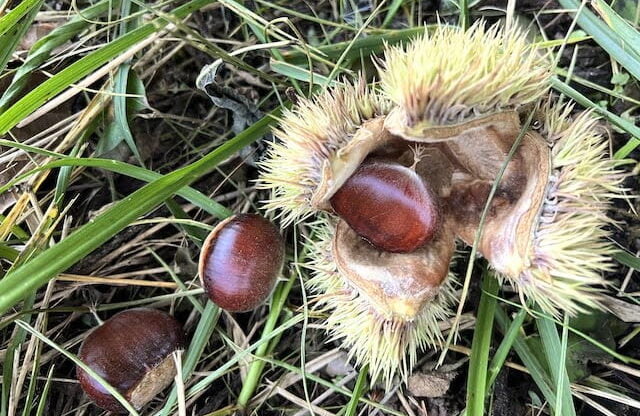

Instructors
Natalie Bogwalker
Natalie (she/her) is the visionary behind Wild Abundance, as well as the founder, director, and a primary instructor for many classes. She also dreams up new classes, is a big part of curriculum development, manages the campus, designs buildings, and takes beautiful photos for the website. Natalie is passionate about teaching and sharing skills to ...Chloe Lieberman
Chloe (she/her) is the co-instructor the the Online Gardening School. She also writes for Wild Abundance’s blog, newsletter, and website. In addition, jumps in to help out with management and strategy as the co-visionary for the business as a whole. These roles give her a welcome outlet for the knowledge and excitement she perpetually cultivates ...Scotty Karas
Scotty’s first experience growing plants was growing up with his mother in her suburban Maryland garden. He received his degree in Industrial Engineering from Penn State University in 2007. When Scotty was introduced to Permaculture on a WWOOF farm in 2008, he realized he was able to apply his engineering brain to living systems. Scotty ...Lewis Blake
Lewis Blake (he/him) loves plants! He’s been growing and tending both annual and perennial crops for many years. He and his family grow berries and salad for market at their farm, Bear Necessities, based out of Weaverville, NC. They also bring potted, perennial plants and fruit bushes for edible and otherwise “useful” landscaping to Asheville-area tailgate markets. ...This class is held near Asheville, NC, at the Wild Abundance Sanford Way Campus
Wild Abundance’s original home campus is on Sanford Way in Barnardsville, NC. It boasts many gorgeous and functional features, including a leaf-shaped organic permaculture garden; a food forest; a log cabin built out of trees from our own growing forest with a light straw clay addition; a cob oven; an outdoor classroom topped with solar panels, and a stunning wattle and daub outdoor kitchen.
Please note: our campuses are all unconventional, with rustic amenities and uneven ground. Read more about our campuses here.
Regular Pricing: $2,400 – $4,800
Please pay what you can afford. The median price is suggested to help cover the full cost of hosting this class. Please select the low end of the sliding scale if you are low income. If your household income is over $115,000/year, please select the maximum fee. Please place yourself in this range where you deem appropriate, based on your income.
Join the WAITLIST to be the first to know when this class opens up for enrollment.
You'll also receive our newsletters

